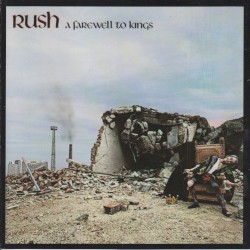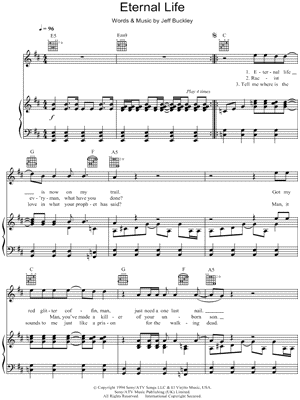
Meanwhile, attraction seems to be a distinct, though closely related, phenomenon. Lust and attraction shut off the prefrontal cortex of the brain, which includes rational behavior. D: Several of the regions of the brain that affect love. B and C: Dopamine, oxytocin, and vasopressin are all made in the hypothalamus, a region of the brain that controls many vital functions as well as emotion. Figure 1: A: The testes and ovaries secrete the sex hormones testosterone and estrogen, driving sexual desire. The effects are less pronounced with estrogen, but some women report being more sexually motivated around the time they ovulate, when estrogen levels are highest.

As it turns out, testosterone increases libido in just about everyone. While these chemicals are often stereotyped as being “male” and “female,” respectively, both play a role in men and women. The hypothalamus of the brain plays a big role in this, stimulating the production of the sex hormones testosterone and estrogen from the testes and ovaries (Figure 1). Through reproduction, organisms pass on their genes, and thus contribute to the perpetuation of their species. The evolutionary basis for this stems from our need to reproduce, a need shared among all living things. Lust is driven by the desire for sexual gratification. Testosterone and estrogen drive lust dopamine, norepinephrine, and serotonin create attraction and oxytocin and vasopressin mediate attachment. Though there are overlaps and subtleties to each, each type is characterized by its own set of hormones. Table 1: Love can be distilled into three categories: lust, attraction, and attachment. Each category is characterized by its own set of hormones stemming from the brain (Table 1). Helen Fisher at Rutgers, romantic love can be broken down into three categories: lust, attraction, and attachment. As it turns out, love is all about the brain – which, in turn, makes the rest of your body go haywire.Īccording to a team of scientists led by Dr. It’s no surprise that, for centuries, people thought love (and most other emotions, for that matter) arose from the heart. And chances are, your heart was thudding in your chest. You may have stammered, your palms may have sweated you may have said something incredibly asinine and tripped spectacularly while trying to saunter away (or is that just me?). Think of the last time you ran into someone you find attractive. So, if there’s really a “formula” for love, what is it, and what does it mean? Total Eclipse of the Brain What we do know, however, is that much of love can be explained by chemistry. Needless to say, the scientific basis of love is often sensationalized, and as with most science, we don’t know enough to draw firm conclusions about every piece of the puzzle.

Google the phrase “biology of love” and you’ll get answers that run the gamut of accuracy.

It turns out the science behind love is both simpler and more complex than we might think. The exhibition will be divided into several areas of focus that reflect artists’ depiction of the landscape from a celebration of California’s sublime natural world, to the documentation of exploitation of natural resources, to the investigation of the intersection of the urban and “wild.Scientists in fields ranging from anthropology to neuroscience have been asking this same question (albeit less eloquently) for decades. Artists featured will include Ansel Adams, Albert Bierstadt, Thomas Hill, David Hockney, William Keith, Arthur Mathews, Richard Misrach, Thomas Moran, and more. The artworks included in Inspiration Points have been carefully selected from the Museum’s extensive and pre-eminent holdings of California art from the Gold Rush era to the present to tell the stories of how people have interacted with the natural world. Curated by OMCA’s Curator of Photography and Visual Culture Drew Johnson, the works in the exhibition explore the human presence in the landscape over two centuries, creating a nexus of art, natural science, and history.

Oakland, CA, (April 11, 2013)-More than 60 iconic and surprising masterworks of painting, photography, and works on paper will take their place in the Oakland Museum of California’s (OMCA) newly transformed Gallery of California Natural Sciences when it reopens its doors to the public May 31 in a special exhibition entitled Inspiration Points: Masterpieces of California Landscape.


 0 kommentar(er)
0 kommentar(er)
